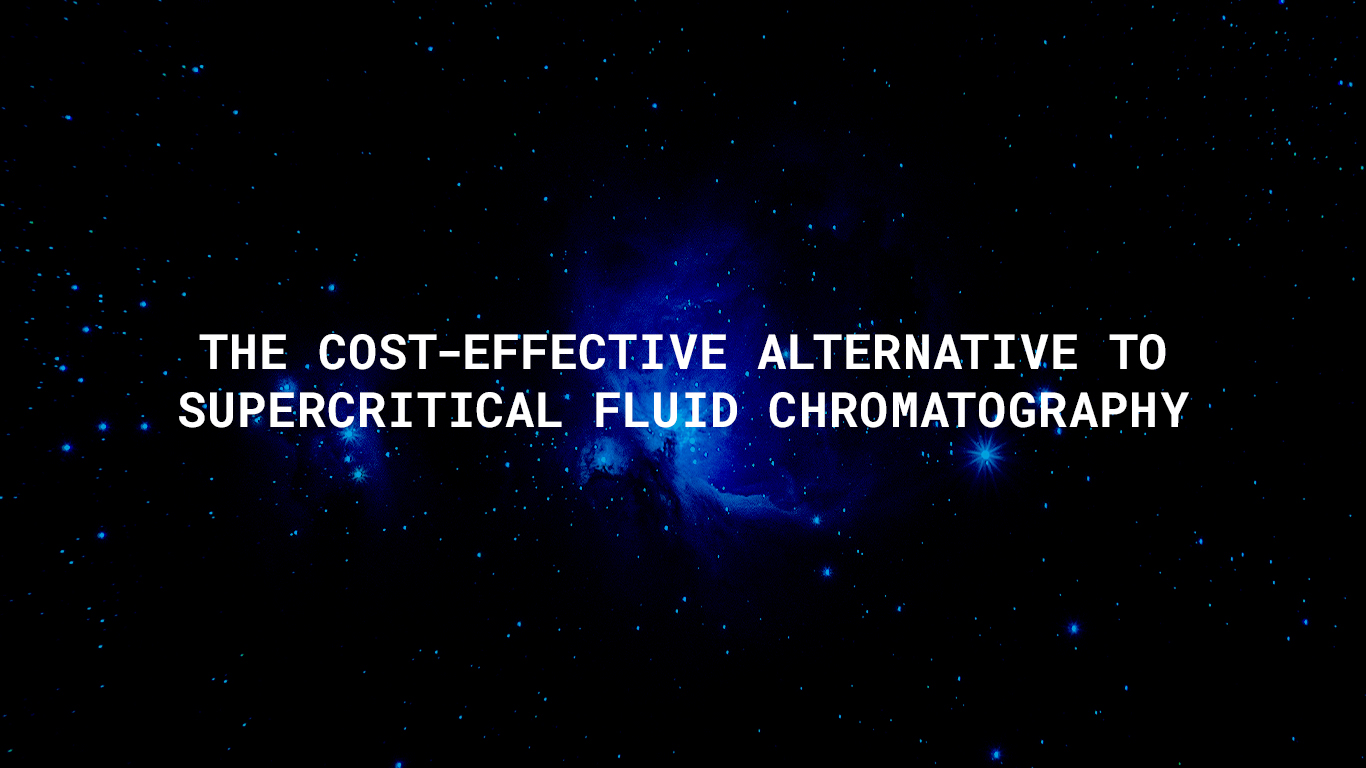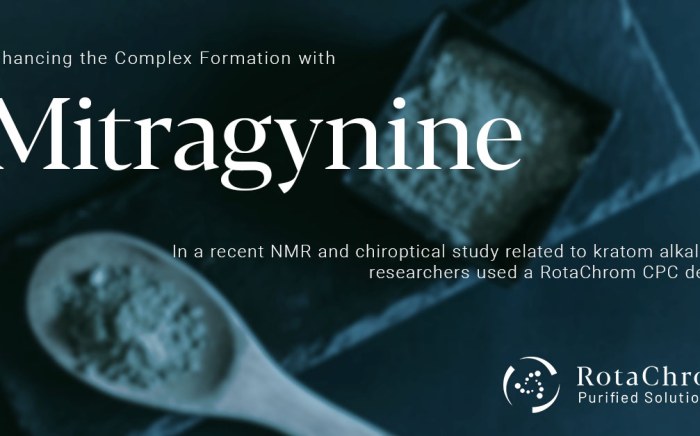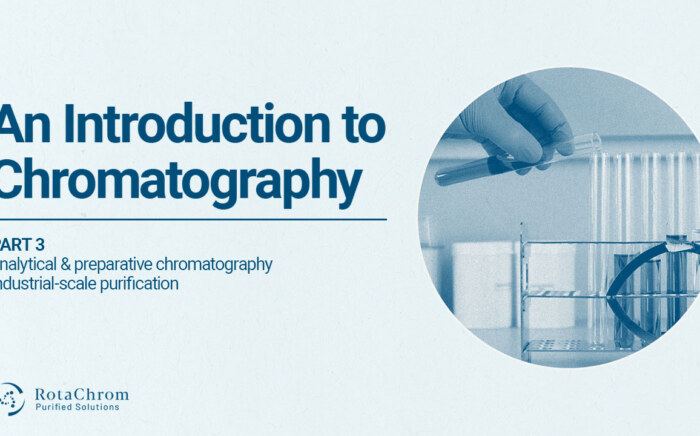Increasing separation efficiency by pH adjustment in Centrifugal Partition Chromatography
NewsSupercritical Fluid Chromatography (SFC) offers a distinct set of advantages compared to other chromatographic techniques. Let’s explore these benefits in more detail.
One of the key advantages of SFC is its effectiveness in cases where a particular separation method remains consistent. This makes it well-suited for situations where the same system of compounds needs to be purified repeatedly. Whether it’s a batch process conducted over an extended period of time or continuous operation within the same silica-based column, SFC proves to be a reliable and efficient choice.
Additionally, SFC provides a rapid cycle time, ensuring efficient purification processes. However, it’s important to note that this rapid cycle time is achieved under well-configured processes. When a different purification method or a new compound is introduced, method optimization becomes necessary. Researchers must identify a compatible silica-based column and determine the appropriate solvent settings to achieve the desired selectivity. While this may introduce some complexity, it is a crucial step to ensure optimal results. Although the optimization process may require time and effort, it is essential for achieving the desired separation efficiency and selectivity.
It is worth mentioning that while SFC offers numerous benefits, including rapid cycle times and efficient separations, researchers should be aware of the considerations involved in method optimization. By addressing these challenges and finding the right column and solvent settings, scientists can fully leverage the advantages of SFC and overcome any potential time-consuming and tedious aspects of the process.
For users of chromatography seeking to purify multiple compounds, Centrifugal Partition Chromatography (CPC) offers unique advantages over supercritical fluid chromatography, including the ability to quickly switch between different Compounds of Interest (CoI), as well as rapid setup and cycle times. This innovative purification method utilizes liquid-liquid chromatography technology, eliminating the need for traditional chromatographic columns and silica gel. Instead, CPC relies solely on liquid phases to achieve precise molecular separation.
RotaChrom’s centrifugal partition chromatography devices make this seamless transition between CoIs possible by employing a series of interconnected cells attached to a large rotor, which replaces the conventional chromatographic column. Within this system, the separation occurs between two immiscible liquid phases. The cells, attached to the rotor, are filled with the liquid stationary phase, which is then immobilized by a strong centrifugal force. As the mobile phase moves through the stationary phase in the form of tiny droplets, the large surface area of these droplets ensures optimal mass transfer between the phases, enabling efficient separation.
One of the notable advantages of RotaChrom’s CPC technology is its ease of scalability. The individual cell design eliminates the need for time-consuming and meticulous scale-up procedures typically associated with traditional chromatographic applications. This streamlines the production process and facilitates easy adaptation to higher throughput demands. With a high output capacity of approximately 20 kg/day and no sample loss due to irreversible absorption on a solid stationary phase, RotaChrom’s CPC solution offers reliable and efficient purification on an industrial scale.
By harnessing the power of liquid-liquid chromatography, RotaChrom has revolutionized the purification process, providing chromatography users with a flexible and efficient solution. With the ability to switch rapidly between different CoIs, rapid setup and cycle times, scalability, and high output capacity, RotaChrom’s CPC technology empowers researchers and manufacturers to achieve their purification goals with precision and effectiveness.
Further Resources
To learn more about CPC and chromatography in general, click any of the links below.



